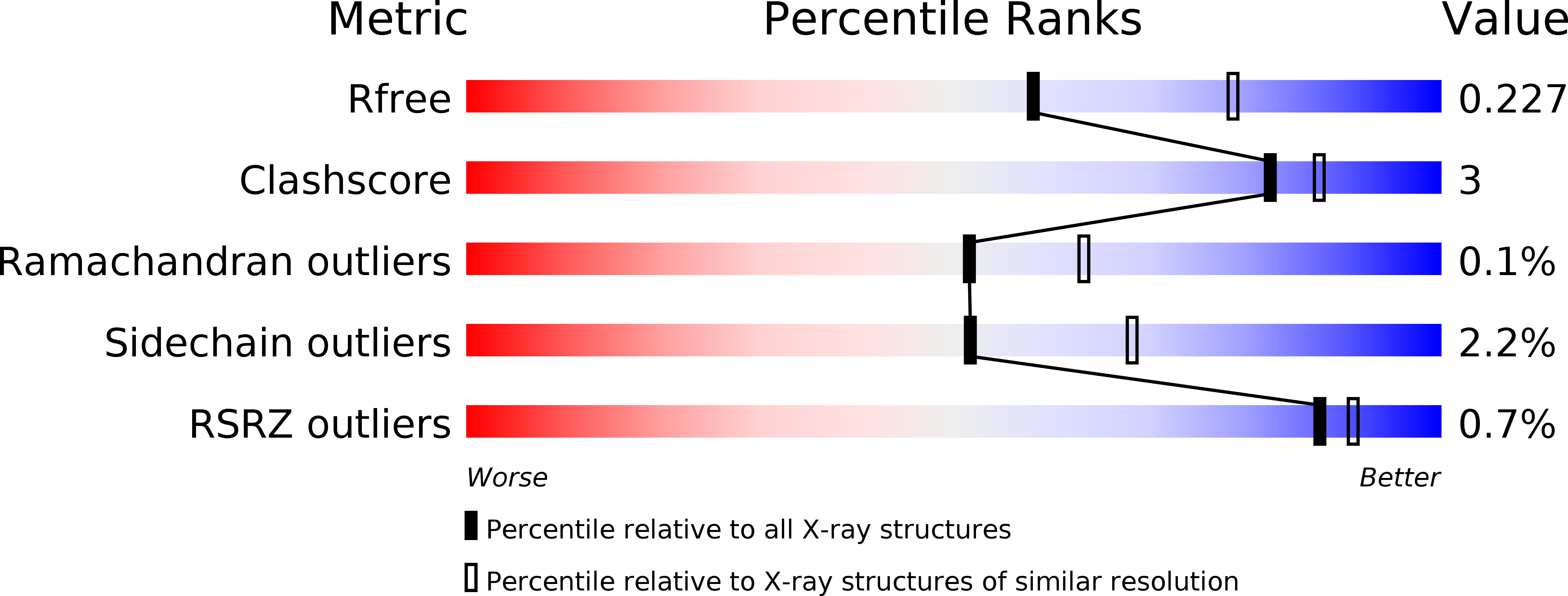
Deposition Date
2014-03-15
Release Date
2014-04-23
Last Version Date
2023-12-06
Method Details:
Experimental Method:
Resolution:
2.31 Å
R-Value Free:
0.21
R-Value Work:
0.17
R-Value Observed:
0.17
Space Group:
P 1 21 1


